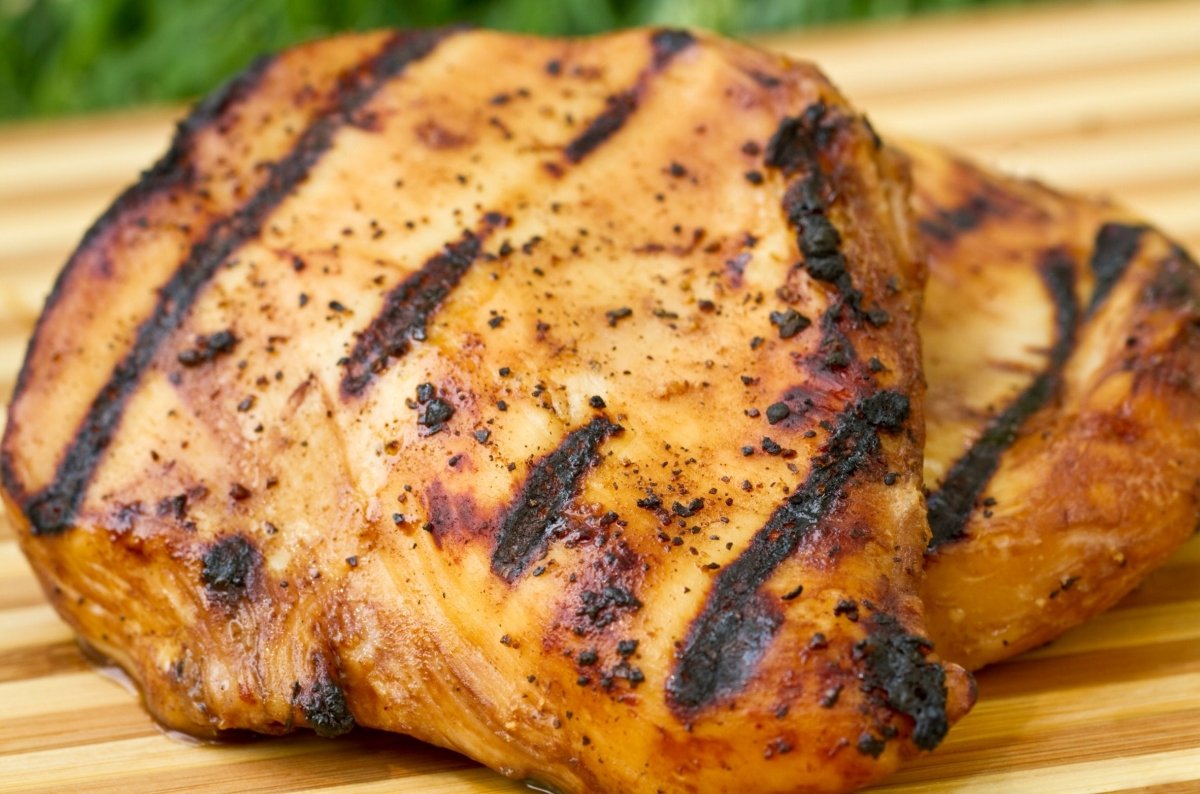How to Brine Chicken for Juicy, Flavourful BBQ & Smoking
🔥 Brining is the key to juicy, flavour-packed chicken on the BBQ. Learn how to use salt, water, and seasonings to keep your chicken moist and tender.
🔹 What is Brining?
Brining was originally used to preserve food, but today, it’s a technique to add flavour and moisture. A brine is simply a mix of salt and water, sometimes with added sugar and spices.
Brining helps in two key ways:
- 🔹 Prevents Drying: Salt helps retain moisture in meats that dry out easily.
- 🔹 Boosts Flavour: The brine penetrates deep, enhancing the natural taste.
💡 Why Brining Works
Brining can add up to 10% more moisture to the meat, ensuring it stays juicy while grilling or smoking. It’s especially useful for:
- ✅ Chicken breasts (which dry out quickly)
- ✅ Whole chickens for rotisserie or smoking
- ✅ Pork chops and smoked fish
📌 Basic Brining Ratio
The ideal brine ratio is:
- 250g salt per 4L of water
- For a sweet brine, add 250g sugar (or maple syrup)
Always dissolve the salt and sugar in warm water, then let it cool before adding meat.
🥩 How Long to Brine?
Brining time depends on the meat type and size:
- 🔹 Chicken Breasts: 2 hours
- 🔹 Whole Chicken: 4 hours to overnight
- 🔹 Pork Chops: 2-4 hours
- 🔹 Smoked Fish: 1-2 hours
Always brine in the fridge using a deep dish or a resealable bag in a container.
🔥 Simple Chicken Brine Recipe
Use this brine for perfectly juicy BBQ chicken.
🛒 Ingredients:
- 4L warm water
- 250g Kosher salt
- 250g brown sugar
🥄 Instructions:
- Pour the warm water into a large container (twice the volume of the water).
- Add salt and sugar. Stir until fully dissolved.
- Let the brine cool to room temperature.
- Submerge chicken completely in the brine.
- Cover and refrigerate:
- 🔹 2 hours for 1kg skinless chicken breasts
- 🔹 4 hours to overnight for whole chicken
- Drain and pat the chicken dry before grilling.
🔥 Pro Tips for Brining
- ✅ Use Kosher salt – it dissolves better than table salt.
- ✅ Don't over-brine – too much time can make the meat mushy.
- ✅ Pat dry before cooking – helps with crispy skin!
📌 Summary
- Brining Ratio: 250g salt per 4L water
- Brining Time: 2 hours for chicken breasts, 4 hours+ for whole chickens
- Results: Juicier, more flavourful BBQ chicken!
🔥 Try this brining method next time you BBQ, and taste the difference!

